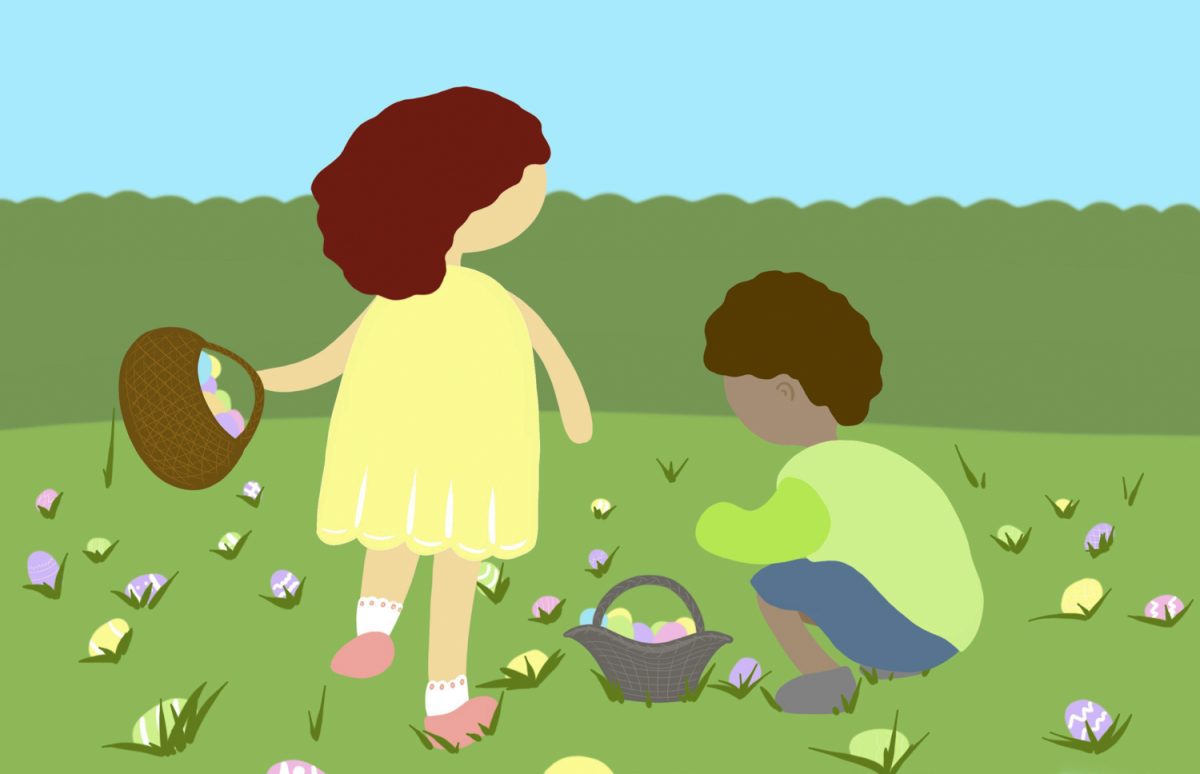Dear Life Section,
I love tennis. I do not play competitively, so scoring is often confusing. Could you provide some explanations? Also, some advice to up my game would be appreciated. Thanks!
Sincerely,
Tennis Enthusiast
Dear Tennis Enthusiast,
Tennis begins with love. It’s a cliché pun, but you must admit it’s good.
Each standard tennis match is equipped with twelve games and two sets. One set consists of six games. This excludes tiebreakers and one side failing to win by two games, which will be discussed later.
Every tennis game includes four points. The tracking of such points is odd; I will attempt to clearly explain the tracking system.
Tennis truly begins with love. I know, isn’t that sweet? In the tennis world, love is equivalent to zero or nothing. Well, now it’s less sweet.
The first serve of every game occurs to the right of the center mark, which is located on the baseline. The baseline is the line corresponding to the width of the court, away from the net and positioned on the edge.
If you are playing singles, my advice is to serve near the center mark. Since you must cover both court sides in singles matches, middle-oriented serving allows you to rush to either side once your opponent returns the tennis ball.
However, if you are competing in a doubles match and in the presence of a tennis partner, my advice shifts to the edge of the court. You only need to cover half of the court, and with skilled communication, expectations for watching the center will be satisfied.
Prior to serving, you must shout the score, which will render love all. In tennis, using the word all when each side holds the same score is professional.
The first point won is labeled 15. The second point won is 15 doubled, resulting in 30. However, the third point won is labeled 40, which often confuses people. Tennis scoring, like math, is convoluted.
At each point, whoever is serving must switch to the other side of the center mark. You know you have executed something incorrectly if you are serving on the left side while the score total is even.
One team must win by two points. If the score is deuce, which constitutes both sides carrying a score of 40, advantages come into play.
The next side to score will stand at advantage-in, while the losing side will stand at advantage-out. Advantage may be abbreviated to ad.
Gameplay will continue until one side holds a score of ad-in and wins the next point. Basically, one side must win by two points. If the score never reaches deuce and one side holds 40, then wins the next point while the opposing team holds less than 40, that side wins the game.
Keep in mind that I am referring to both a doubles team and a singles player when I say team.
Reaching deuce is a jail sentence. My recommendation is to try to avoid deuce, because the gameplay may exceed a few hours once deuce enters the chat. Deuce is like that one person you do not particularly enjoy texting, but know you should.
A set typically constitutes six games. In each odd game, the opponents swap court sides. In each game, they swap serving privileges. If playing doubles, the partner who did not serve the last game in which their side held serving privilege will then serve. The recommended tactic is for one partner to stay near the net.
Imagine the area between the net and the service line split into quarters. If on the serving side, the net partner should wait approximately one-quarter away from the net. If on the non-serving side, the partner should wait approximately two quarters away from the net.
Each net partner on each side should stand slightly closer to their edge of the court than the center service line. However, this may change due to the other side’s tendencies.
In every game, the non-serving partners will switch positions, unless using the baseline tactic in which both partners wait at the baseline. The net partner will shift to the baseline and the baseline partner will step up to the net. They will not, however, switch sides of the center mark.
One side must triumph by two games, similar to the point system. If using advantage set rules, each set continues until a team wins by two games. If using tiebreak set rules, a team still must win by two games. However, a tiebreaker, or tiebreak game, is entered upon both teams acquiring six games.
Tiebreaker rules can be discovered through a quick internet search. This article focuses on typical scoring and tactics.
Just like the points system and games system, one side must win two sets. Traditional matches use a best-of-three mentality.
Rules for singles and doubles matches are similar. The only major differences for singles matches are the absence of a player and court bounds. In singles, the ball must remain inside the singles sidelines or it is considered out.
This article’s focus is on scoring, sprinkled with my suggestions to help you succeed. Different players and coaches will provide different advice based on experience.
Competitive tennis and non-competitive tennis are, in my opinion, equally impressive. Non-competitive tennis is fun and fortunately lacks the stress competitive tennis holds.
My tennis team years ended with high school, but I hope you and I continue playing this magnificent sport for many years to come.
Sincerely,
The Life Section


























